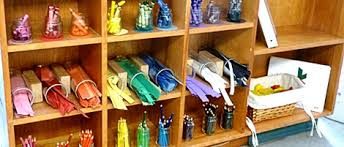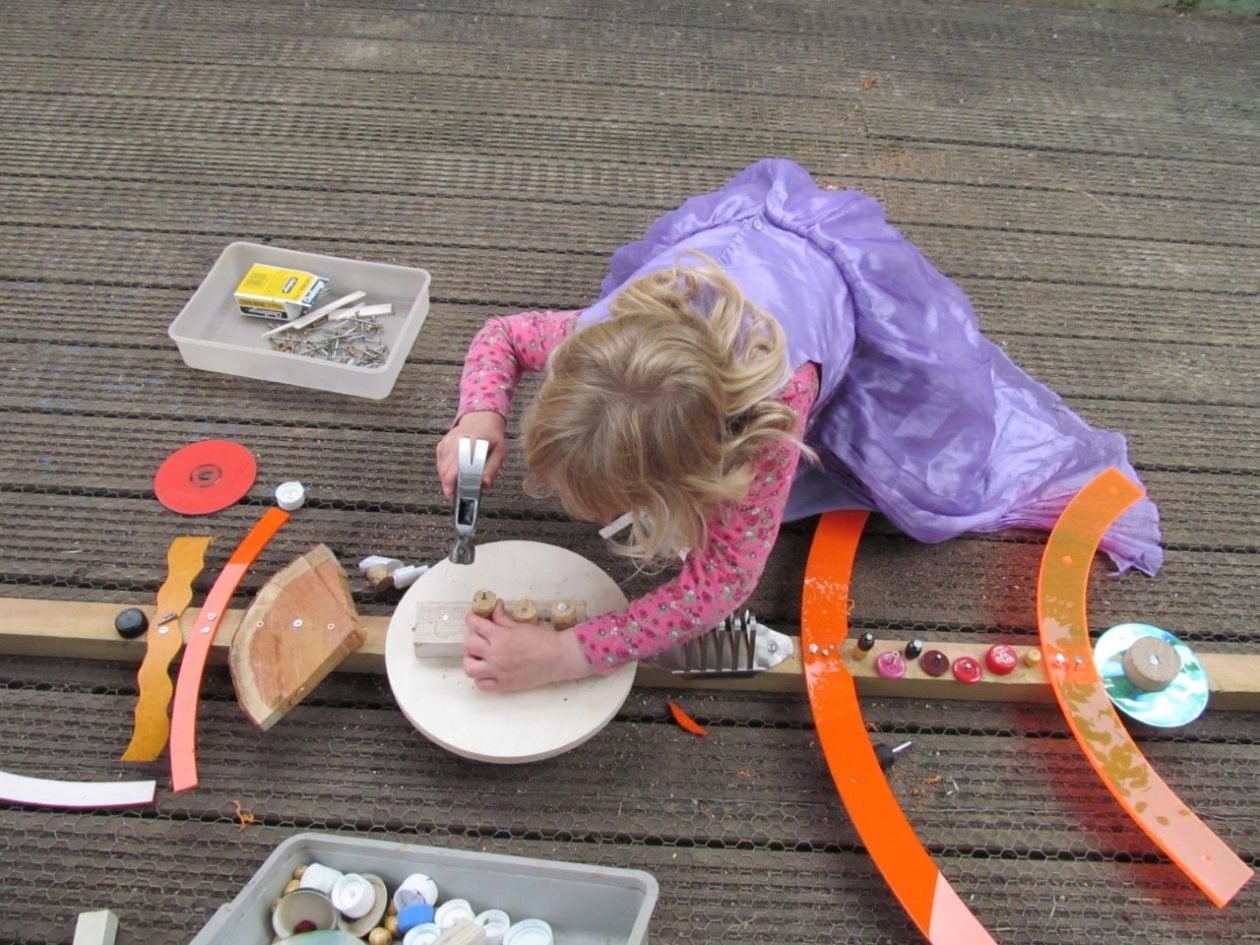It’s Maths Week Scotland next week.
Excited much?????
I’ve always thought about maths and art being connected. Why? Because both disciplines are about noticing and appreciating the world around us.
As human beings we are drawn to things. Sometimes we don’t know why. It’s intuitive or natural. We like something because it has an appeal. In our mind’s eye it is beautiful. Often the reason for our appreciation lies in its order, symmetry, colour, shape even its movement. All of which are basic, natural, mathematical concepts.
Babies, toddlers and young children haven’t yet learned about the properties of shapes or the names of colours, maybe. However, they do naturally distinguish for characteristics in the way they sort or collect things around them.
Matching, sorting and grouping are essential foundational mathematical skills. It is important that we are not tempted to ‘schoolify’ this behaviour too early but rather that we provide children the opportunity to be challenged by objects and watch how they use them.
Back to art. The visual arts (drawing, painting, collage, modelling) are offered everyday in every ELC in the land. But, have you considered the contribution to children’s mathematical thinking that such experiences offer?
I think it is important to think about the visual elements of Art when thinking about the sorts of experiences children should have. When you see the elements, you will quickly recognise the connection with Mathematics.
The visual elements of art are:
- Line
- Colour
- Texture
- Shape
- Pattern
- Form
- Tone
Environment
- Thinking of your Creation Stations, have you organised the materials in a certain way to help children make choices on the basis of lines or shapes or colours?

- In this example, materials are organised in colours but also there is thought to strips of papers, so that children can think about lines.
- Have you thought about giving children different shape of paper to paint or collage on? Think about what children would learn about a triangle if they had to make decisions about what tiny marks they needed to make in the angles?
- What about different sizes of paper and different painting tools for that size. The mathematical language that will develop will impress and astound you.
3D Modelling
So, 3D modelling is basically a mathematical/STEM experience as well as an arty one!
- How are the materials organised in your playroom or in the outdoors? Are they all jumbled around? You might want to think about categories to help children make decisions on the basis of shape or colour or function. For example:
- A box for objects that roll
- A box for objects that ‘don’t roll’
- A box for ‘see through’ or transparent objects
- A box for ‘very small’ objects
- A box for ‘flat’ objects
- And on and on and on…….
Clay, Blocks and Wood
Form and pattern are visual elements of art but they are also mathematical concepts that are explored and discovered by children as they design with clay and blocks and wood. I don’t need to say anymore about this here. Go to our wonderful Froebel in Falkirk menu in the blog for all you need to know.
You will have so many more ideas but hopefully Maths Week Scotland will give the opportunity to notice the maths in the art, to observe closely how children are thinking and behaving mathematically.
I am so excited about #ArtyMaths week in Falkirk. I know that, as always, ELC is going to embrace this opportunity to support children’s progress and to help families understand how their young child’s mathematical brain is developing.
Please do as you always do…..share and tweet. Please tag-in @FCEYTeam @NumHubChamp @FCLisaMcCabe using #ELCArtyMathsWeek #MathsWeekScot
Well done and thank you!
Lisa



